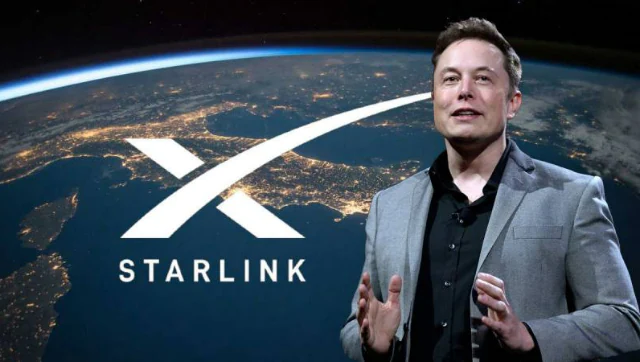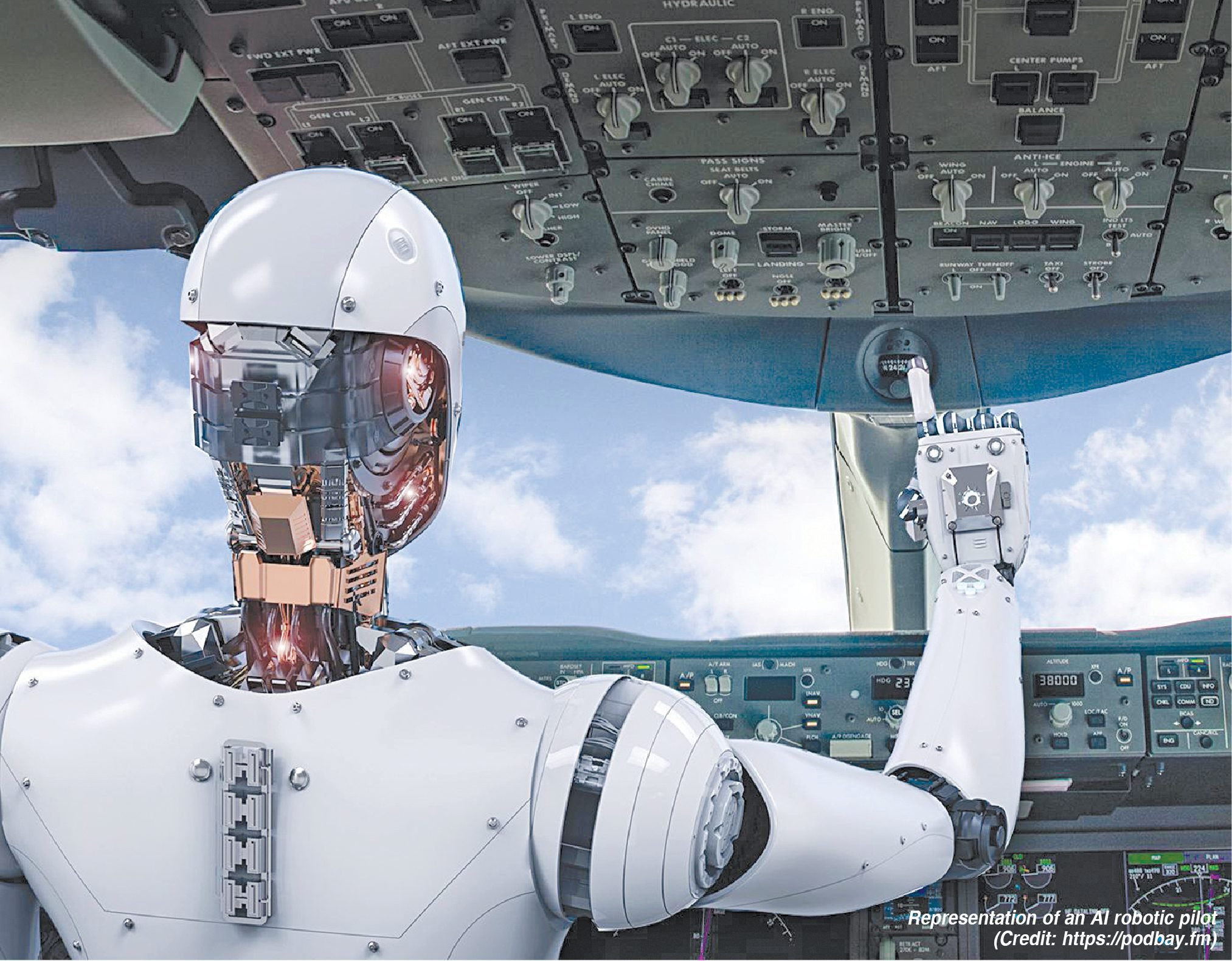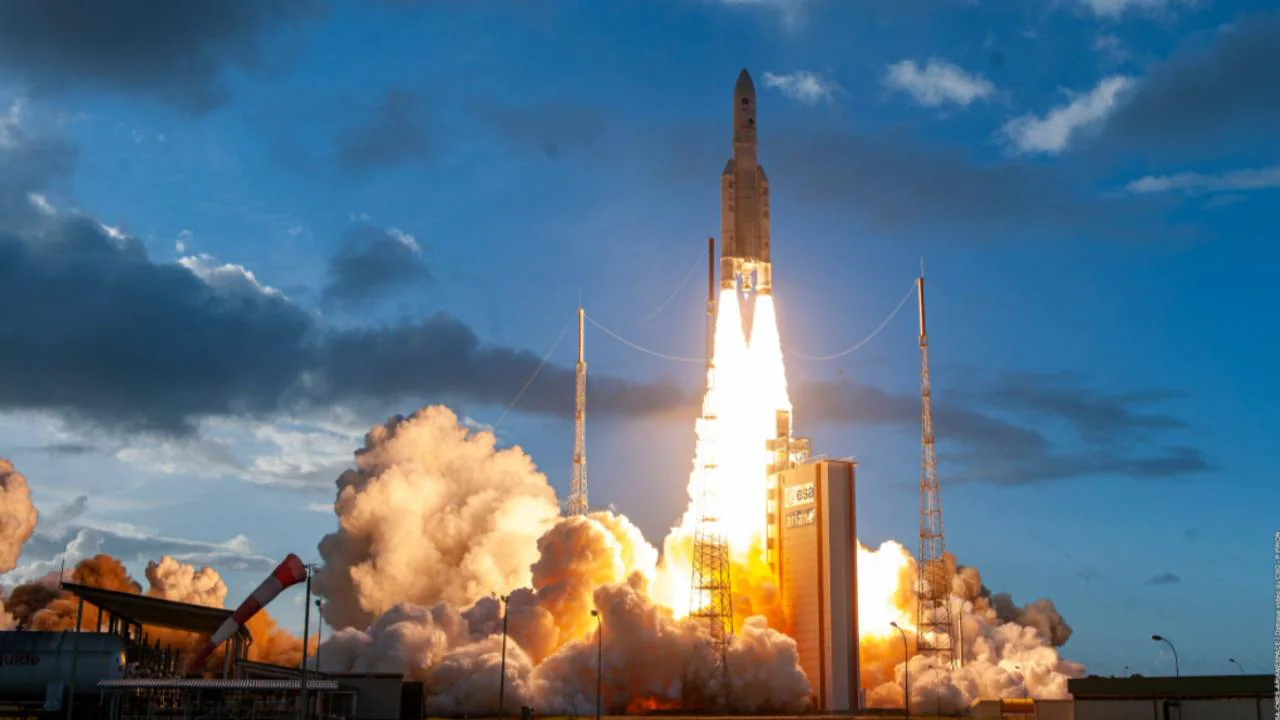Ola on Tuesday said it had acquired geospatial services provider GeoSpoc, a move that will help the ride-hailing platform develop technologies to make mobility accessible and convenient across shared and personal vehicles.
In a tweet, Ola Chairman and Group CEO Bhavish Aggarwal said: “New Mobility will require better, newer maps and geospatial services. We’re taking the first step to building these by acquiring @GeoSpoc. Look forward to working with @DhruvaRajan and team to build the future of location services!”
He, however, did not disclose the financial details.
In a blog post, he said enhanced geospatial services would also go a long way in improving urban planning, including road networks, better public transportation, and pre-empt congestion spots.
“Dhruva and his team of Geospatial scientists and engineers will be joining Ola to develop technologies which will make mobility universally accessible, sustainable, personalized, and convenient across shared and personal vehicles,” he added.
While the companies did not disclose the number of employees, GeoSpoc is estimated to have over 80 employees.
Aggarwal explained that as shared and personal mobility penetrates deeper to cover 50-100 percent of India’s population in the coming years, maps will need to improve in various ways.
“Multi-modal transportation options will need geospatial intelligence to understand the unique benefits of each option and provide suggestions accordingly. Maps will need to consider a three-dimensional view of the world as aerial mobility models such as drones become more mainstream,” he said.
Aggarwal stated that accurate and rich maps with high user context should be available to the population beyond 100 million users.
He added that near-real-time satellite imagery should be incorporated in maps to provide a better understanding of road quality and improvements such as avoiding poorly lit streets at night for safety – even if it is a faster route.
Besides, autonomous driving will need HD and 3D maps that offer superior visualization and dynamic real-time updates based on the road, traffic, and weather conditions.
“We have the data and the expertise to build this utilizing our deep understanding of consumer movements as well as our massive network of 2, 3, and 4Ws that provide unprecedented geospatial details.
“We can layer this data with new sources such as satellite imagery and visual feeds from our network on-ground to build “Living Maps” that embody the changing landscape of our world,” Aggarwal added.









